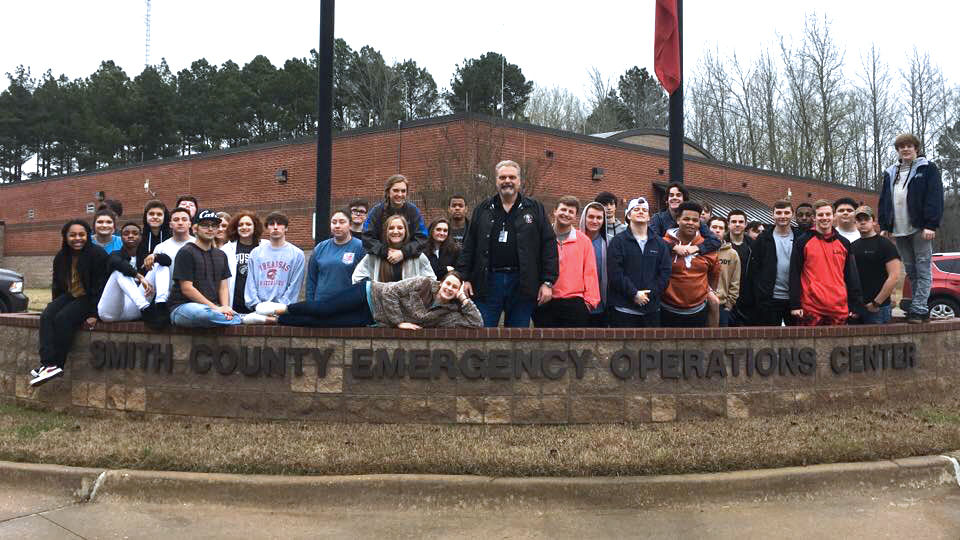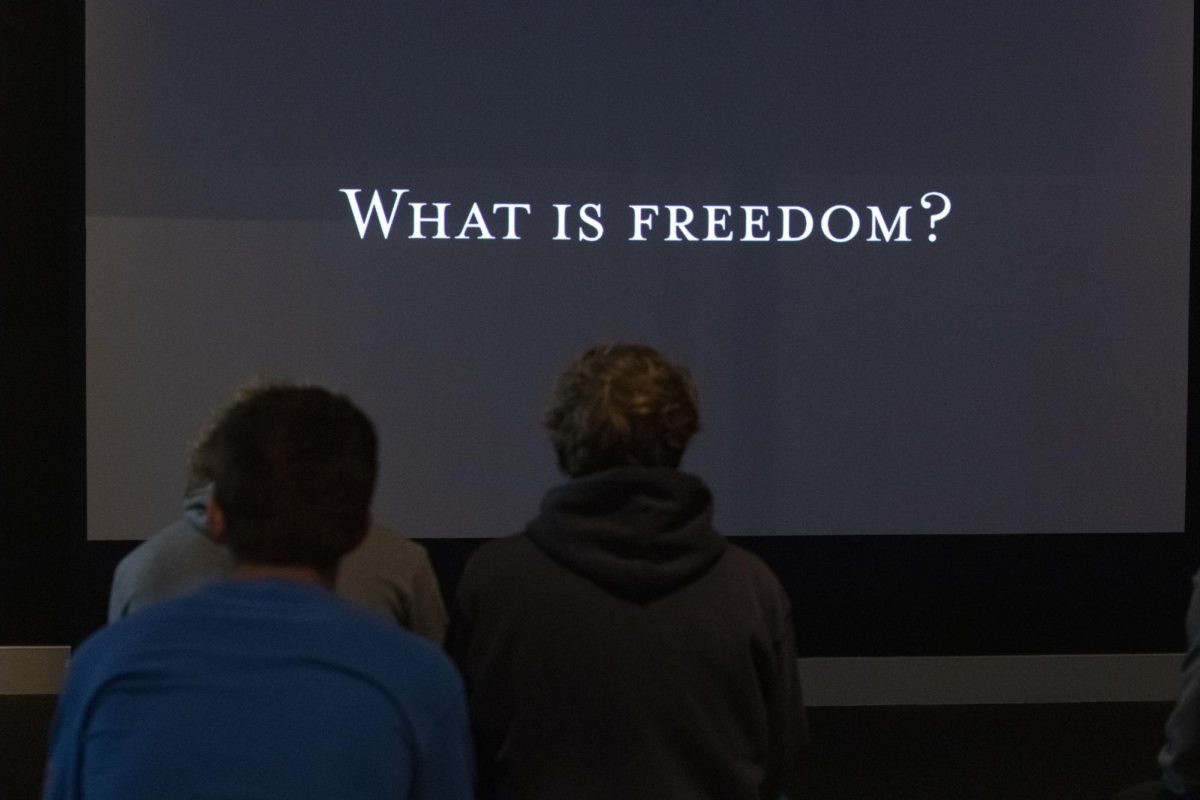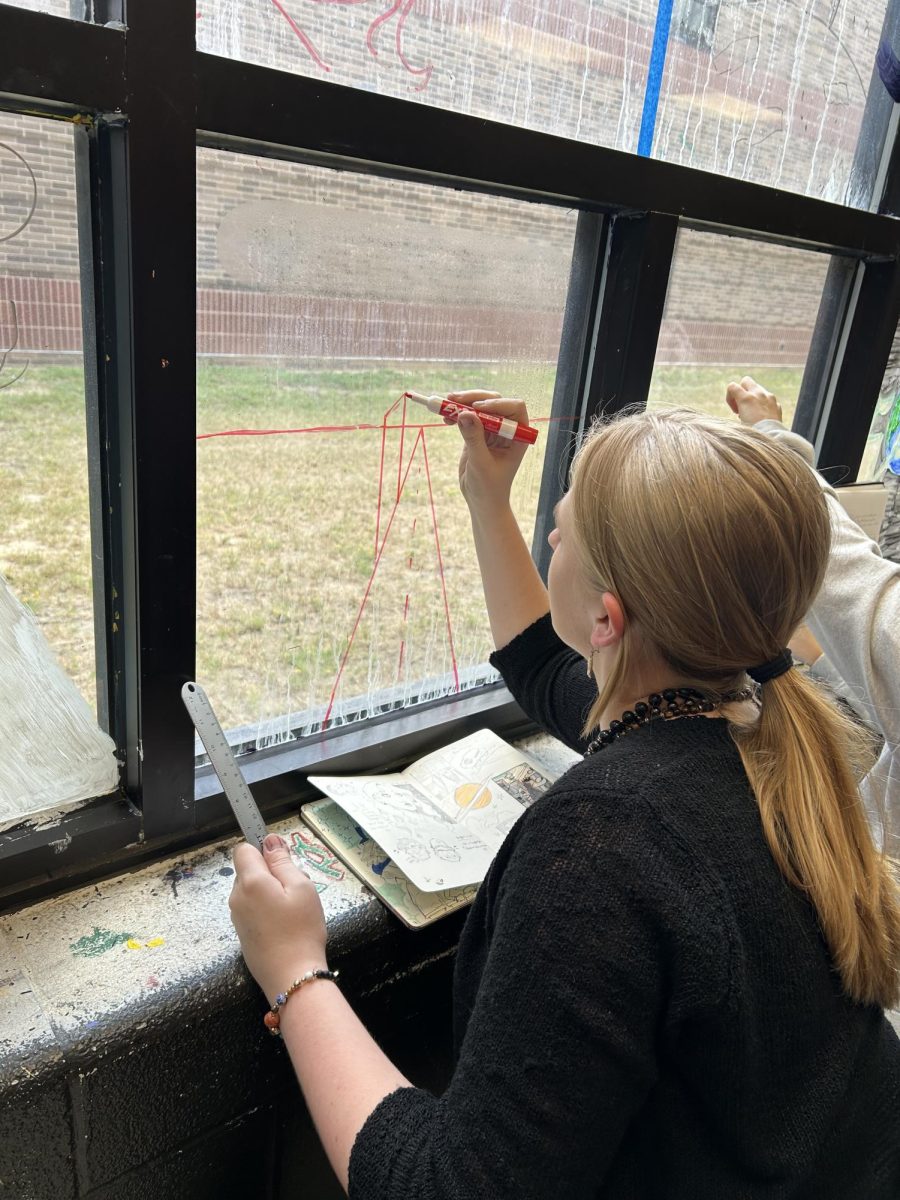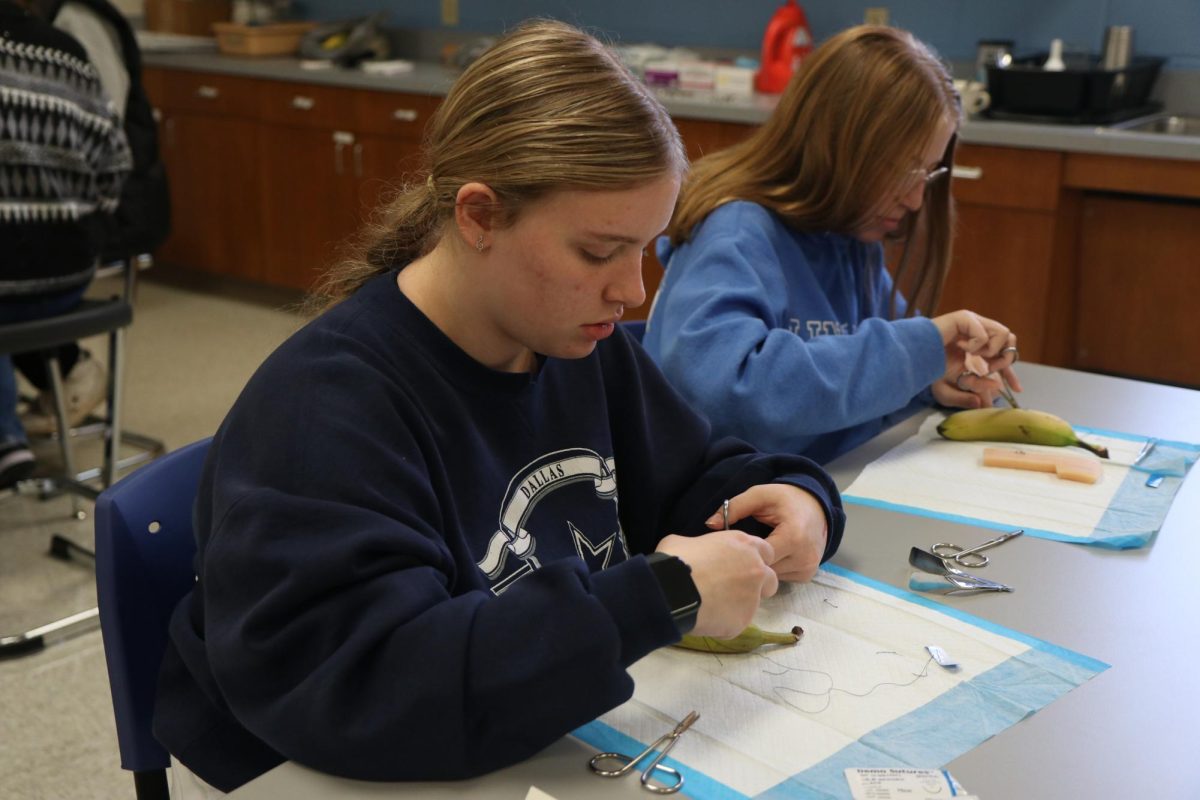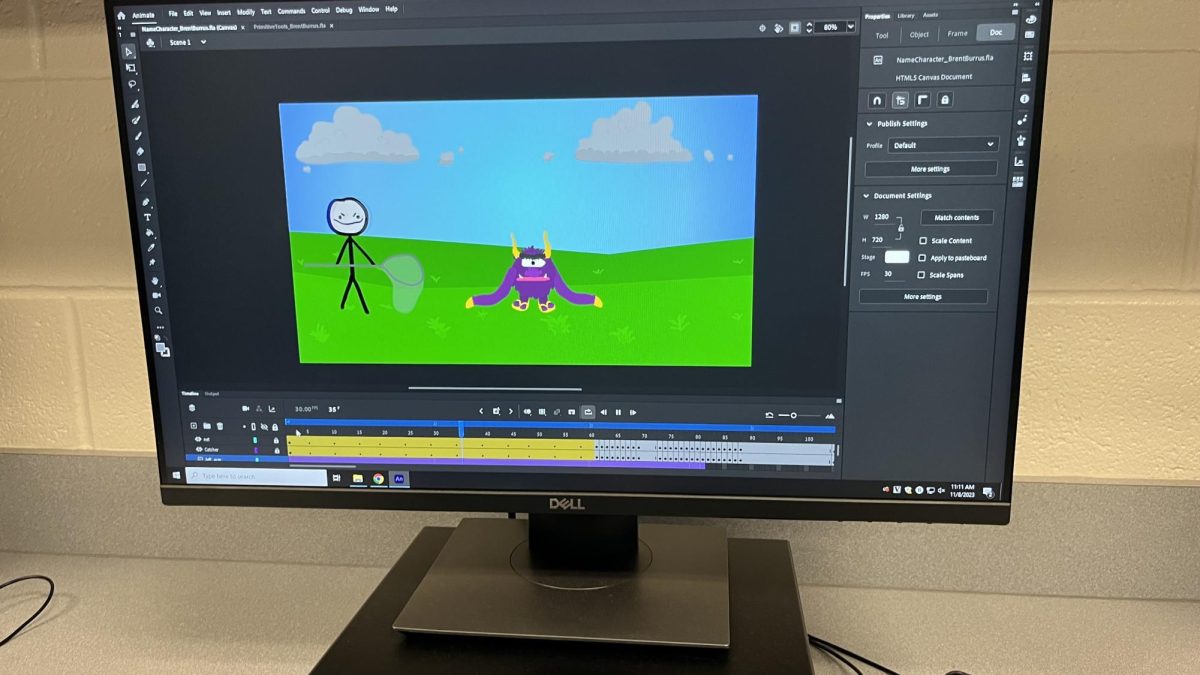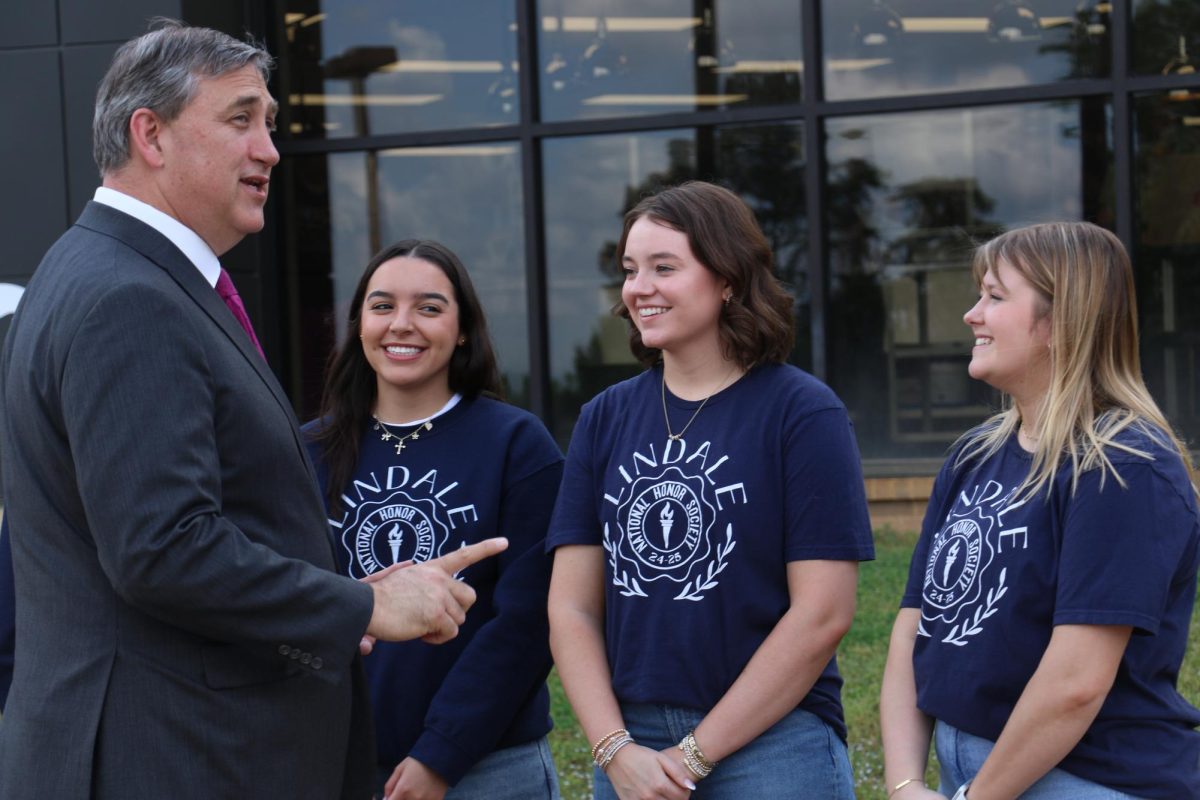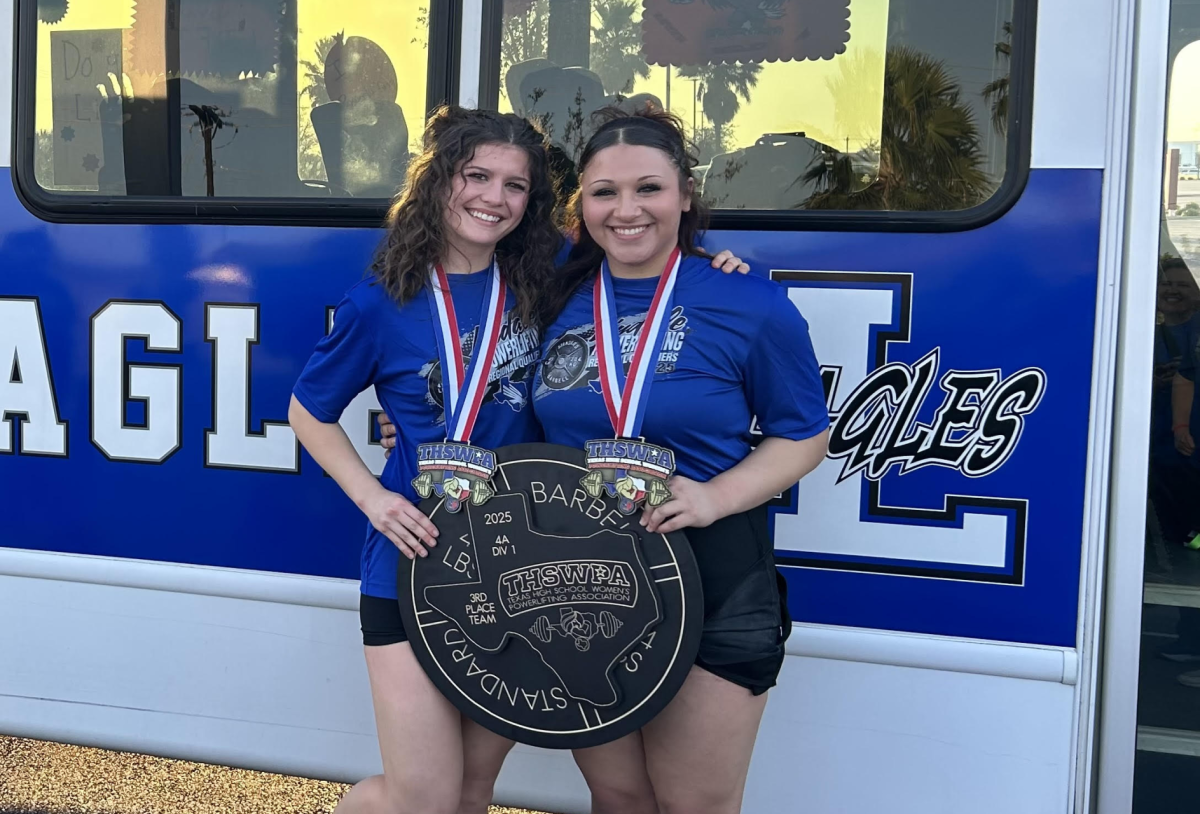Criminal justice teacher Jon Johnson took a trip with 35 students to four career stimulating sites on February 27. The group visited the Smith County Jail, a crime lab, Smith County Emergency Operations Center and Southeast Texas Forensic Center.
“On TV, you see police officers and CSI’s,” Johnson said. “This experience opens eyes to the dozens of jobs that are out there and what it is like to work in criminal justice.”
The trip is intended for students to become aware of the various jobs within the criminal justice field. Students experienced a typical day in the life of these different jobs and were encouraged to engage with workers and ask questions.
“It was a fun field trip,” Johnson said. “It was good for the kids to see that it’s not a career for everyone.”
Students were allowed to take a tour through the Smith County Jail. At the end of their visit, they got to discuss jail security and the multiple jobs at the jail. Students can start at the age of 18 right out of high school, and the jail can help them with college tuition and send them to the police academy.
“I had never been inside of a jail, and it was interesting to see just how secure it was and the measures that were taken to keep criminals in control,” junior Makayla Ragland said. “It also opened my eyes to what prison life was like, more so than any television show or movie.”
When the students walked through the halls, any trustees, or nonviolent inmates, had to stop what they were doing and face the wall. These inmates are trusted with cleaning and can walk around freely.
“It was a little scary at first,” junior Cassie Quattlebaum said. “But it was actually more comfortable than you would think. The guards get to know most of the prisoners and help them out with their struggles.”
Students were able to look at body parts, dead bodies and to go into the autopsy room where workers harvest organs and determine the causes of people’s deaths at the Southeast Forensic Center. The center hires right out of high school, and graduates can assist in autopsies starting at $14 an hour.
“I had already known that I wanted to go into something law enforcement related,” Ragland said. “This experience gave me a better perspective of more career and job options that I have for my future.”
At the crime lab, students were able to see people examine evidence with microscopes and DNA testing. The emergency center is where dispatchers respond to incoming calls around the area.
“It was interesting to see what a crime scene looks like in real life versus what one looks like on TV,” junior Jacob Bonin said. “It helped to see a different aspect of the criminal justice field.”
The trip ties in with the curriculum where students are learning about murder investigations, crime scenes and prison securities. Upcoming studies include jobs with emergency communications, in which students will research required certifications.
“It was truly a life altering experience,” senior Justin Chambers said. “I am super thankful for this trip and the opportunity to learn with Mr. Johnson.”


